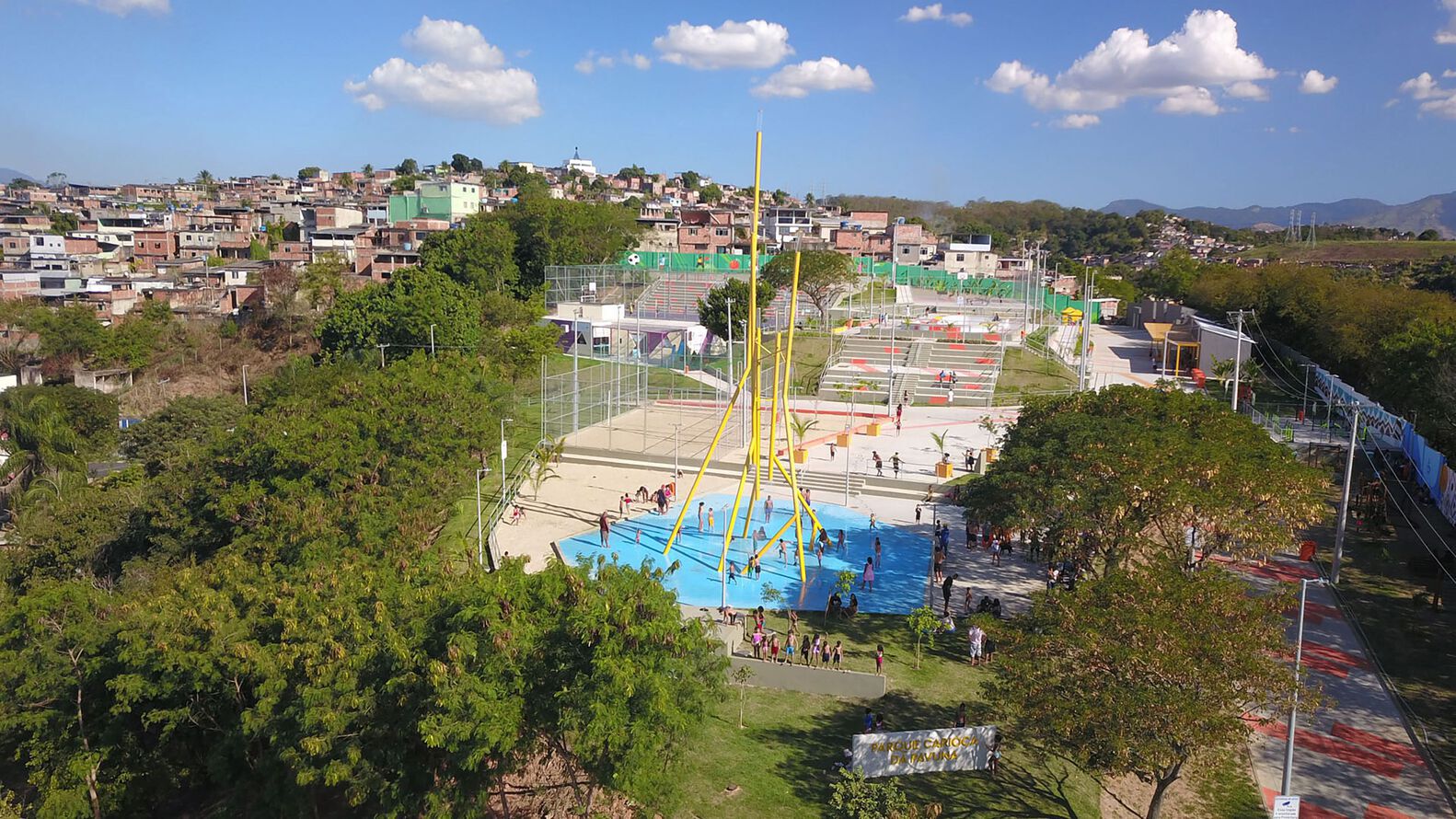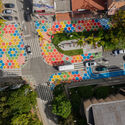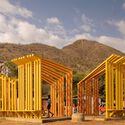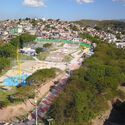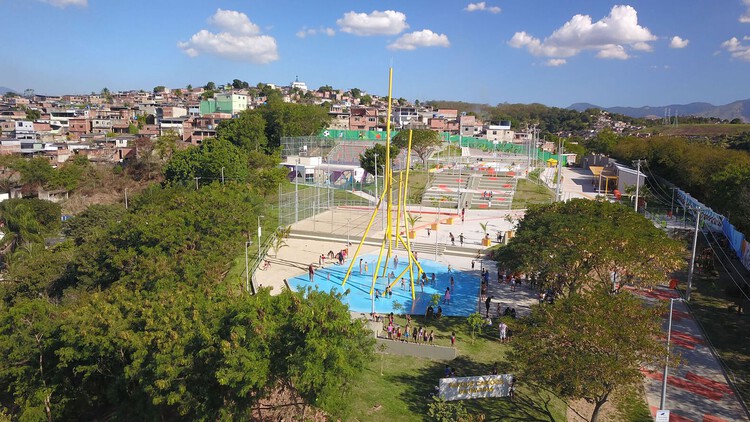 Parque Pavuna / Embyá – Paisagismo Ecossistêmico . Image © Douglas Lopes
Parque Pavuna / Embyá – Paisagismo Ecossistêmico . Image © Douglas Lopes
Share
Share
Or
https://www.archdaily.com/1028942/public-space-as-a-tool-for-community-healing-scales-of-intervention-in-latin-america
Public spaces are more than just physical voids in the urban fabric—they are stages for social interaction, cultural expression, and collective memory. In times of social fragmentation and environmental stress, these spaces can serve as catalysts for healing, offering safe environments where communities can reconnect. Through thoughtful design and participatory processes, public space interventions can rebuild trust, promote mental well-being, and foster a renewed sense of belonging among community members.
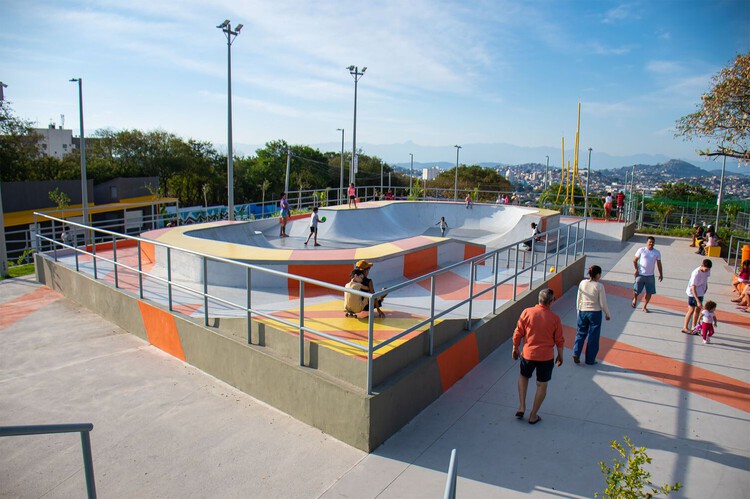 Parque Pavuna / Embyá – Paisagismo Ecossistêmico . Image © Douglas Lopes
Parque Pavuna / Embyá – Paisagismo Ecossistêmico . Image © Douglas Lopes
These public spaces can take various forms depending on the context. Some are large-scale interventions, such as parks, where landscape design and urban equipment create new spaces for the community. Others may be smaller urban design actions, like revitalizing streets and sidewalks through the use of color, sports programs, vegetation, and furniture. Still others may take the form of small-scale installations—a pavilion or structure that, when placed strategically, can foster a cohesive and safe social environment.
In the following examples, we explore projects located in Latin America that illustrate these three approaches to public space design. From expansive parks that reshape neighborhood life to subtle yet impactful improvements in everyday streetscapes, and small-scale installations that activate forgotten corners of the city—each case highlights how design can respond to local needs and foster inclusive, engaging environments, making architecture a powerful tool for healing communities.
Related Article Revitalizing Territories in Colombia: Comprehensive Acupunctures for Urban and Social Transformation Large-Scale: Urban Design InterventionsSucre Boulevard / Bastidas y Salinas + Emilia Monteverde.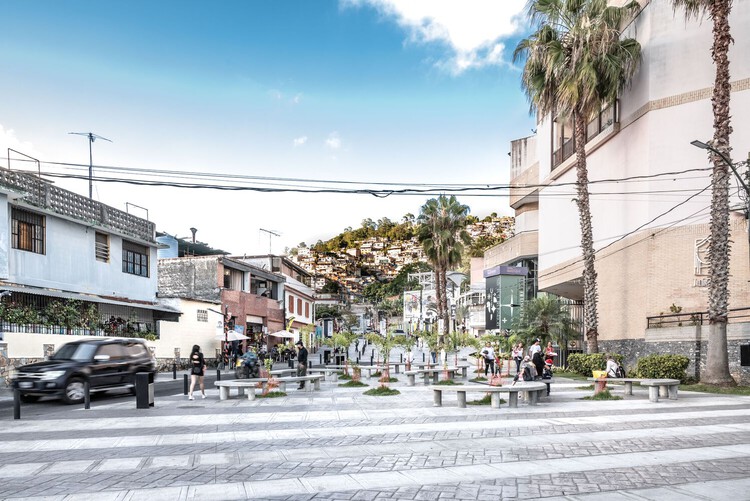 Sucre Boulevard / Bastidas y Salinas + Emilia Monteverde. Image © Diego GonzálezPlayón Red Public Spaces and Community Infrastructures for Integration / Región Austral
Sucre Boulevard / Bastidas y Salinas + Emilia Monteverde. Image © Diego GonzálezPlayón Red Public Spaces and Community Infrastructures for Integration / Región Austral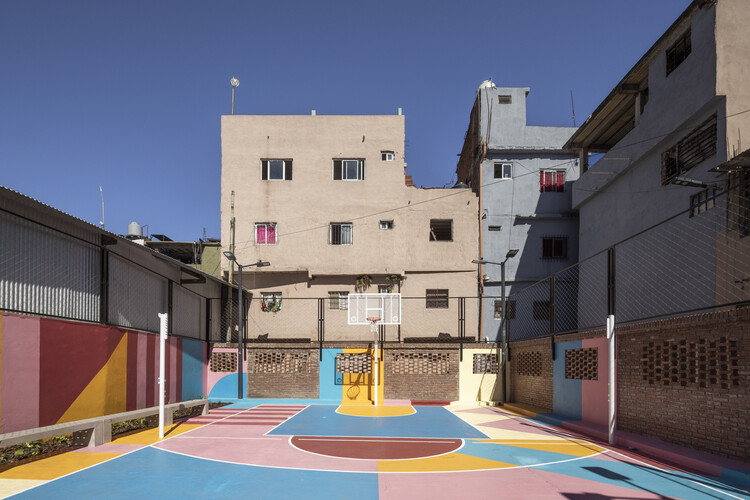 Playón Red / Región Austral . Image © Luis BarandiaránConscious Street Intervention / Taller ARQUIURBANO + IAA Studio
Playón Red / Región Austral . Image © Luis BarandiaránConscious Street Intervention / Taller ARQUIURBANO + IAA Studio Intervención Calle Consciente, un jardín de colores / Arquiurbano Taller + IAA Studio . Image © Alejandro ArangoMedium-Scale: Parks and Green SpacesPavuna Park / Embyá – Paisagismo Ecossistêmico
Intervención Calle Consciente, un jardín de colores / Arquiurbano Taller + IAA Studio . Image © Alejandro ArangoMedium-Scale: Parks and Green SpacesPavuna Park / Embyá – Paisagismo Ecossistêmico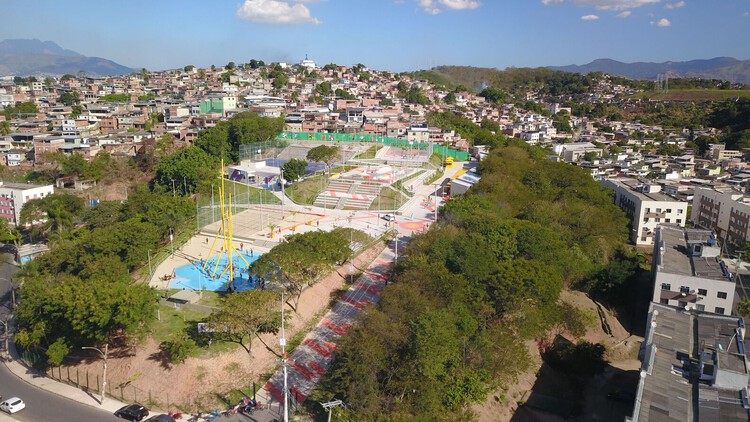 Parque Pavuna / Embyá – Paisagismo Ecossistêmico . Image © Douglas LopesParque Esmeralda: Community Garden Project / CAW Arquitectos
Parque Pavuna / Embyá – Paisagismo Ecossistêmico . Image © Douglas LopesParque Esmeralda: Community Garden Project / CAW Arquitectos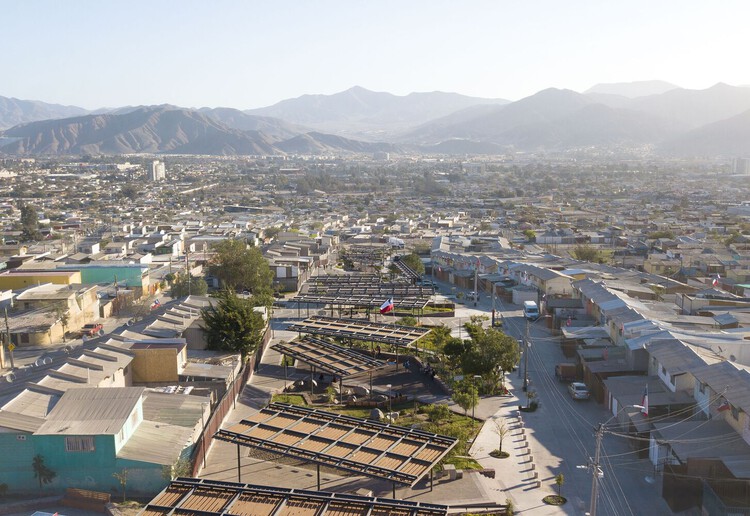 Vergel comunitario, Parque Esmeralda / CAW Arquitectos . Image © Rodrigo WernerBarrio Tikal Park / Laboratorio de Acupuntura Urbana
Vergel comunitario, Parque Esmeralda / CAW Arquitectos . Image © Rodrigo WernerBarrio Tikal Park / Laboratorio de Acupuntura Urbana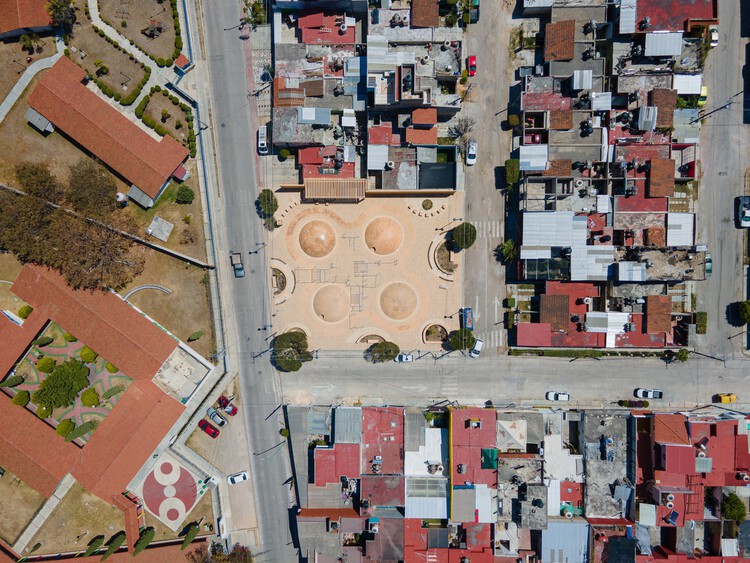 Parque de Barrio Tikal / Laboratorio de Acupuntura Urbana. Image © Fernando Díaz VidaurriInua Installation / Grupo Finca
Parque de Barrio Tikal / Laboratorio de Acupuntura Urbana. Image © Fernando Díaz VidaurriInua Installation / Grupo Finca 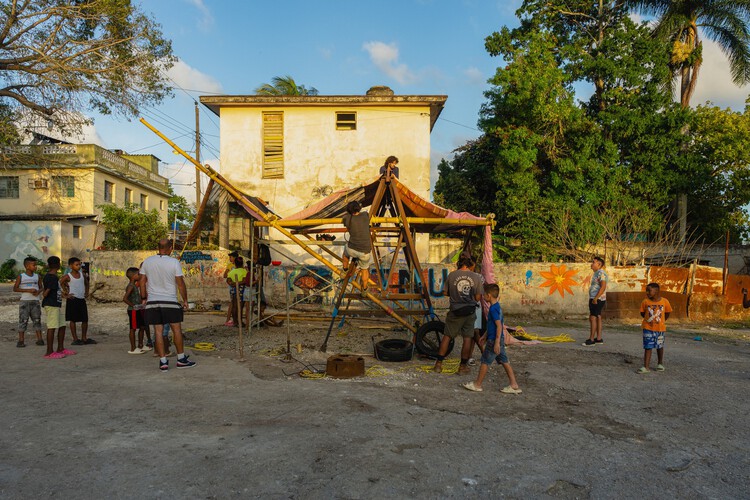 Instalación Inua / Grupo Finca. Image © Alejandro Guirola Ruiz, Joe Abreu FeijoVolcadero Coral Park, Volcadero Project / University of Tennessee + Universidad Oriente + Arizona State University
Instalación Inua / Grupo Finca. Image © Alejandro Guirola Ruiz, Joe Abreu FeijoVolcadero Coral Park, Volcadero Project / University of Tennessee + Universidad Oriente + Arizona State University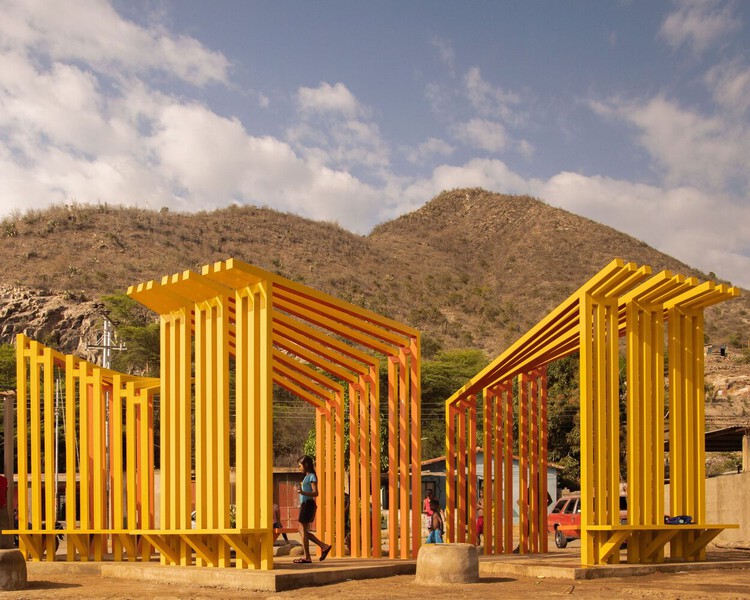 Parque Coral de Volcadero, Proyecto Volcadero / University of Tennessee + Universidad Oriente + Arizona State University . Image © Roger CabreraThe Floating Greenhouse / Natura Futura + Juan Carlos Bamba
Parque Coral de Volcadero, Proyecto Volcadero / University of Tennessee + Universidad Oriente + Arizona State University . Image © Roger CabreraThe Floating Greenhouse / Natura Futura + Juan Carlos Bamba El huerto flotante / Natura Futura + Juan Carlos Bamba . Image Courtesy of Natura Futura
El huerto flotante / Natura Futura + Juan Carlos Bamba . Image Courtesy of Natura Futura
This article is part of the ArchDaily Topics: Building Wellbeing: Designing Spaces for Healing, presented in collaboration with the Hushoffice.
With its line of A-class pods Hushoffice helps create acoustically balanced workplaces that offer great environment for collaboration and focus, foster employee wellbeing, and accommodate the needs of neurodiverse staff, as well as employees with motor impairments.
Every month we explore a topic in-depth through articles, interviews, news, and architecture projects. We invite you to learn more about our ArchDaily Topics. And, as always, at ArchDaily we welcome the contributions of our readers; if you want to submit an article or project, contact us.
